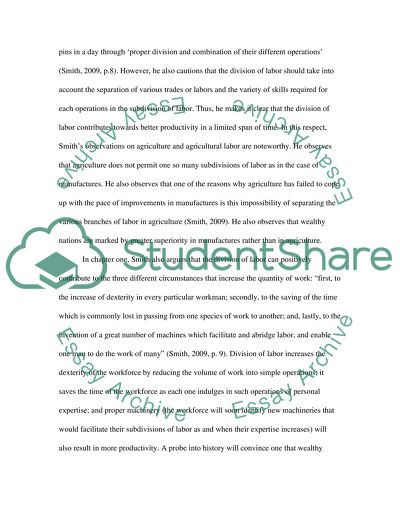Cite this document
(“Book Review on Wealth of nations Term Paper Example | Topics and Well Written Essays - 1250 words”, n.d.)
Retrieved from https://studentshare.org/literature/1443658-wealth-of-nations
Retrieved from https://studentshare.org/literature/1443658-wealth-of-nations
(Book Review on Wealth of Nations Term Paper Example | Topics and Well Written Essays - 1250 Words)
https://studentshare.org/literature/1443658-wealth-of-nations.
https://studentshare.org/literature/1443658-wealth-of-nations.
“Book Review on Wealth of Nations Term Paper Example | Topics and Well Written Essays - 1250 Words”, n.d. https://studentshare.org/literature/1443658-wealth-of-nations.


